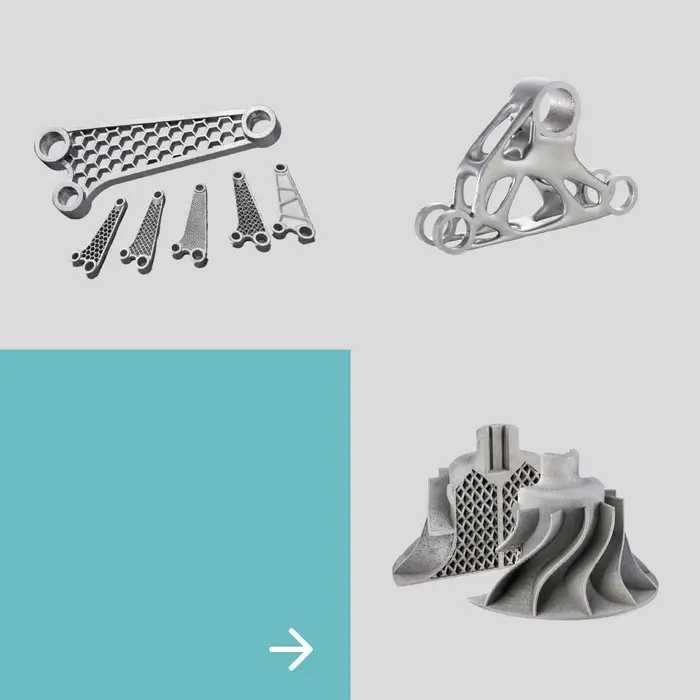
In the era of AI, with significant improvements in hardware performance, the issue of heat transfer becomes crucial. Metal 3D printing can assist in several ways:
1Designing complex geometric structures to enhance heat conduction and transfer efficiency.
2High durability of one-piece formed structures, more cost-effective.
3Elimination of traditional manufacturing mold costs, enabling small-batch customization production.
4Reducing material waste in alignment with global ESG policies.
Commonly used materials: Titanium alloy, aluminum alloy, stainless steel, nickel alloy
Density: 99.995%
Product accuracy: ±0.05-0.1mm
Product thickness: ±0.2-0.4mm
Production size: 30 cubic centimeters
- Rayvatek's technical team can also assist in product design and provide drawing suggestions.





